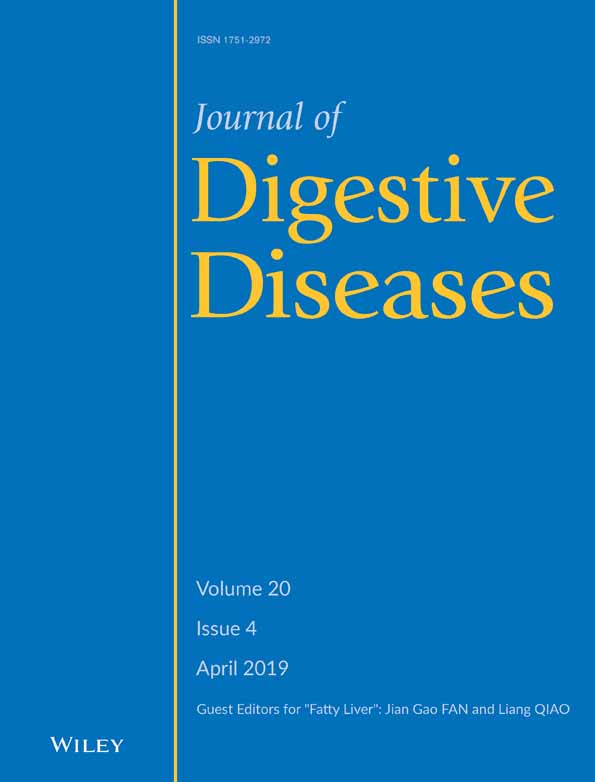Circulating miR-29b positively correlates with non-alcoholic fatty liver disease in a Chinese population
Funding information Innovation Foundation of Translational Medicine of Shanghai Jiao Tong University School of Medicine, Grant/Award Number: 15ZH4006; National Key Research and Development Project of China, Grant/Award Number: 2016YFC1304902; National Natural Science Foundation of China, Grant/Award Number: 81570713; National Program for Support of Top-notch Young Professionals; Shanghai Junior Doctor Training Supporting Program; Shanghai SJTUSM Biobank
Abstract
Objective
Early screening of non-alcoholic fatty liver disease (NAFLD) is of great significance for the early detection and intervention in NAFLD. MicroRNAs (miRNAs) are important regulators of metabolic diseases including NAFLD. The aim of this study was to investigate the association of serum miR-29a-c with NAFLD in a Chinese population.
Methods
Participants were divided into four groups based on the presence or absence of NAFLD and/or type 2 diabetes mellitus (T2DM). Quantitative polymerase chain reaction analysis was performed to quantify serum level of miR-29a-c. The association of miR-29a-c with NAFLD was evaluated.
Results
Serum miR-29b, but not miR-29a or miR-29c, was positively associated with NAFLD (odds ratio [OR] 2.04 [1.16- 3.58], P = 0.013). Additionally, age, serum triglyceride and fasting plasma glucose (FPG) levels were independently associated with miR-29b (β ± standard error [SE] = 0.004 ± 0.002, P = 0.019 for age; β ± SE = 0.110 ± 0.054, P = 0.042 for triglyceride; and β ± SE = 0.389 ± 0.161, P = 0.016 for FPG). MiR-29b level was positively correlated with intrahepatic lipid content (β ± SE = 6.055 ± 2.630, P = 0.024) after adjusted for age, sex, and body mass index.
Conclusions
Serum miR-29b was associated with intrahepatic lipid content and NAFLD in a Chinese population-based study.




